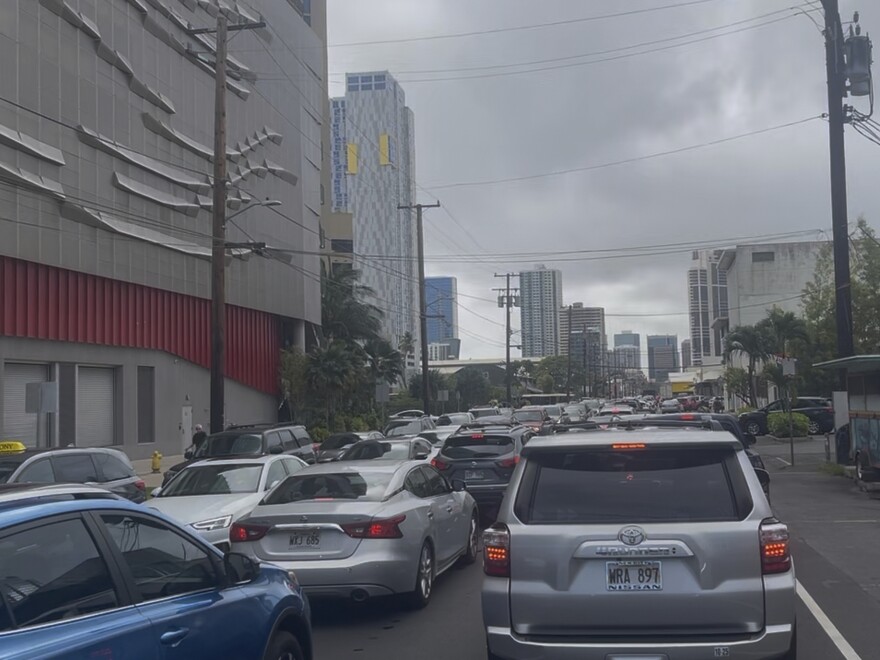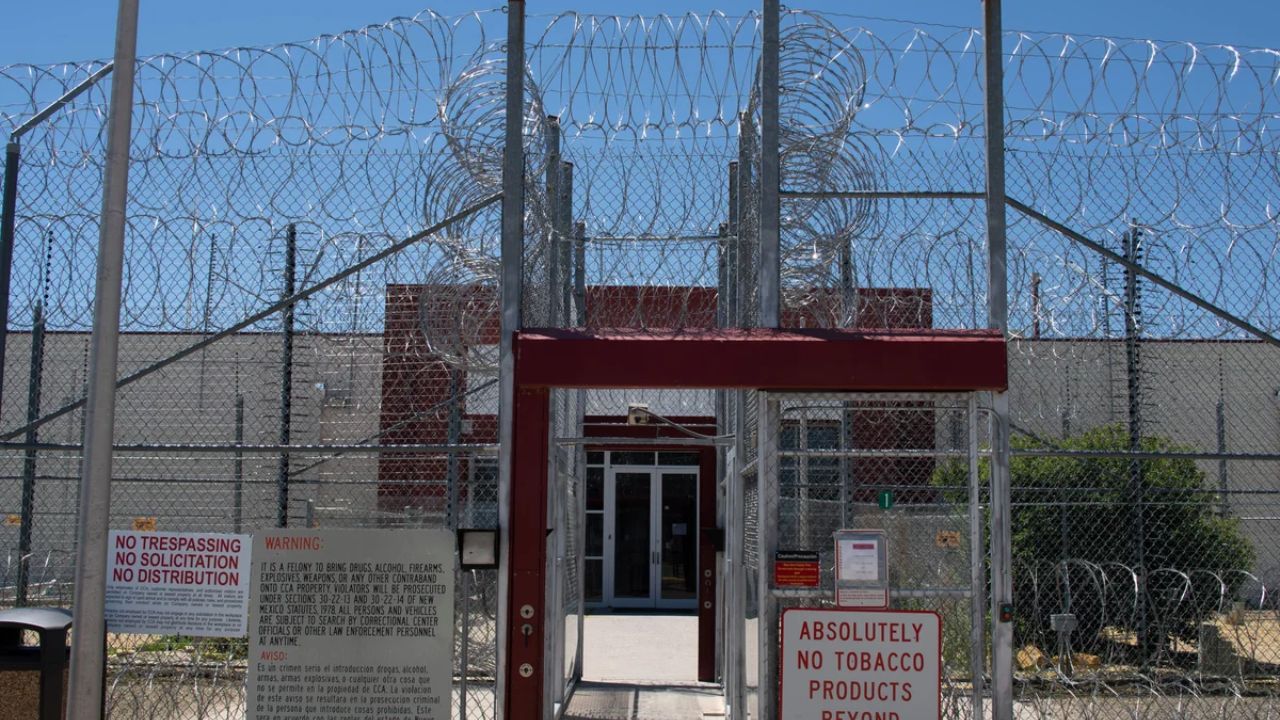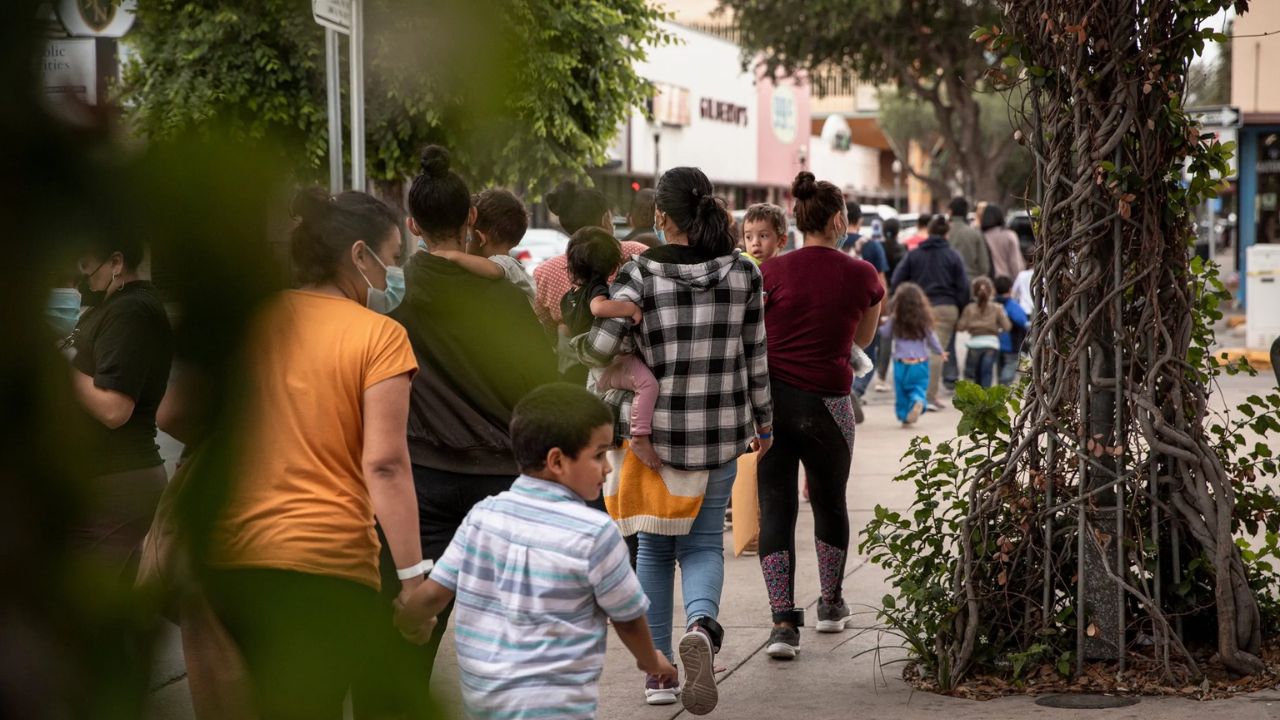Revised at 3:30 PM EDT on July 30, 2025
Tokyo Early on Wednesday, one of the most powerful earthquakes ever recorded occurred in Russia’s Far East, causing tsunami waves to travel across the Pacific to Japan and Hawaii. Although there hasn’t been any significant damage reported yet, authorities cautioned that the risk might persist for more than a day and advised residents to stay away from shorelines.
As populations fled inland, ports on the Russian Kamchatka Peninsula near the epicenter of the 8.8 magnitude earthquake flooded, while white, foamy waves rushed up to the shore in northern Japan. Even in places far from the coast, traffic was at a halt as cars clogged the capital city of Hawaii’s streets and highways.
With memories of the 2011 earthquake and tsunami that resulted in reactor meltdowns at a nuclear power plant still fresh, people traveled to evacuation centers in impacted areas of Japan. On Wednesday, there were no recorded anomalies in the nuclear plants in Japan.
Russian officials reported multiple injuries but did not provide an exact number. At least one person was hurt in Japan.
There have been reports of tsunamis up to 1.4 feet above tide levels in Alaska’s Aleutian Islands, 60 centimeters (2 feet) in Japan’s northern island of Hokkaido, and 3–4 meters (10–13 feet) high in Kamchatka.
Hawaii and Oregon warn residents of potential damage
According to Dave Snider, tsunami warning coordinator of the National Tsunami Warning Center in Alaska, the tsunami’s effects might linger for hours or perhaps longer than a day.
His words, “A tsunami is not just one wave,” It’s a sequence of strong waves that last for a very long time. In deep water, tsunamis travel hundreds of miles per hour, which is as quickly as a jet airliner. However, they slow down and begin to pile up as they approach the coast. And that’s where the issue of flooding becomes somewhat more feasible.”
He explained that certain areas would experience the consequences for a longer period of time because “in this case, because of the Earth basically sending out these huge ripples of water across the ocean, they’re going to be moving back and forth for quite a while,” he added.
Data from Midway Atoll, which lies between Hawaii and Japan, showed waves measuring 6 feet (1.8 meters) from peak to trough, according to Hawaii Governor Josh Green. He stated that it was too early to predict the size of the waves that would impact Hawaii and that they may be larger or lesser. According to him, a tsunami of that magnitude would resemble a 3-foot (90-centimeter) wave riding above surf.
“This is a longitudinal wave with great force driving through the shoreline and into land,” he stated during a press conference.
According to Green, high-water vehicles were prepared to go and Black Hawk helicopters had been engaged in case authorities needed to rescue anyone. “But please do not put yourself in harm’s way,” urged the man.
Beginning at approximately 11:40 p.m. local time, modest tsunami waves with heights between 1 and 2 feet (30 and 60 centimeters) were predicted to hit the shore, according to a Facebook post from the Oregon Department of Emergency Management. Until the caution is revoked, it advised people to avoid beaches, harbors, and marinas and to stay in a secure area away from the coast.
“This is not a major tsunami, but dangerous currents and strong waves may pose a risk to those near the water,” the agency stated.
A tsunami warning was also in effect for a large portion of the West Coast, which includes California, Washington state, and the Canadian province of British Columbia.
It was predicted that portions of British Columbia’s Vancouver Island will be struck by a tsunami that was less than 30 cm (less than one foot). Waves were predicted to arrive in Tofino around 11:30 p.m. and distant Langara Island at 10:05 p.m. on Tuesday, according to the province’s emergency preparedness department. “Multiple waves over time” were anticipated, according to the agency.
Russian regions report quake damage
According to Japanese and American seismologists, the earthquake, which struck at 8:25 a.m. Japan time, had a preliminary magnitude of 8.0. Its strength was later revised by the U.S. Geological Survey to 8.8 magnitude and 20.7 kilometers (13 miles) in depth.
The center of the earthquake was around 119 kilometers (74 miles) east-southeast of Petropavlovsk-Kamchatsky, a 180,000-person city on the Kamchatka Peninsula in Russia. There were several aftershocks with magnitudes as high as 6.9.
According to Alexander Ovsyannikov, the mayor of Severokurilsk, tsunami waves swamped the city’s fishing port, washing fishing boats out to sea. No significant damage was noted, he said.
Following the flooding, authorities checked the power network and switched off power supply.
Among the world’s strongest recorded quakes
Since the 9.0 magnitude earthquake off northeastern Japan in March 2011, which resulted in a large tsunami and triggered meltdowns at a nuclear power plant, the earthquake seemed to be the strongest anywhere in the world. There have only ever been a couple more powerful earthquakes recorded worldwide.
Ferries, trains, and airports in the impacted area suspended or postponed some operations as a result of the tsunami alert, which caused transportation disruptions throughout Japan.
The Japan Meteorological Agency reports that a 60-centimeter (2-foot) tsunami was recorded at Kuji port in Iwate and Hamanaka town in Hokkaido. Five hours after the earthquake, smaller waves of 20 centimeters (8 inches) were reported in Tokyo Bay, among other places.
Dozens of inhabitants in Matsushima, a coastal town in northern Japan, sought shelter at an evacuation center with an air conditioner running and water bottles being supplied. One lady told NHK that after learning from the 2011 tsunami, she visited the facility without hesitation.
Yoshimasa Hayashi, Japan’s Chief Cabinet Secretary, cautioned evacuees that the tsunami waves might stay high for at least a day, making it impossible for them to go back home by the end of the day.
No anomalies were recorded by nuclear power reactors in Japan. About 4,000 workers are seeking shelter on higher ground at the plant complex while being remotely monitored to maintain plant safety, according to the operator of the Fukushima Daiichi plant, which was damaged by the 2011 tsunami.
Authorities in the Philippines warned residents to avoid the beach and coastal areas. Teresito Bacolcol of the Philippine Institute of Volcanology and Seismology told The Associated Press, “These waves may not be the biggest, but they can last for hours and put swimmers in danger.”
The Mexican navy issued a warning, stating that tsunami waves might move along the Pacific coast to Chiapas state at approximately 07:15 a.m. local time. The waves are expected to begin hitting the northern coast at Ensenada, near California, at approximately 02:22 a.m. Wednesday local time.
Authorities in the South Pacific island nation of New Zealand issued warnings about “strong and unusual currents and unpredictable surges” throughout all of its shores. People should avoid the water, beaches, harbors, marinas, rivers, and estuaries, according to the emergency management organization.
In the Federated States of Micronesia, Solomon Islands, Fiji, Samoa, and Tonga, people were advised to avoid the coasts until any wave surges passed late Wednesday.
A number of small, low-lying Pacific island chains are among the most vulnerable in the world to tsunamis and sea level rise brought on by climate change.
Five strong earthquakes, the greatest of which had a magnitude of 7.4, occurred in the sea close to Kamchatka earlier in July. The biggest earthquake was located 144 kilometers (89 miles) east of Petropavlovsk-Kamchatsky and had a depth of 20 kilometers.
Copyright 2025 NPR






